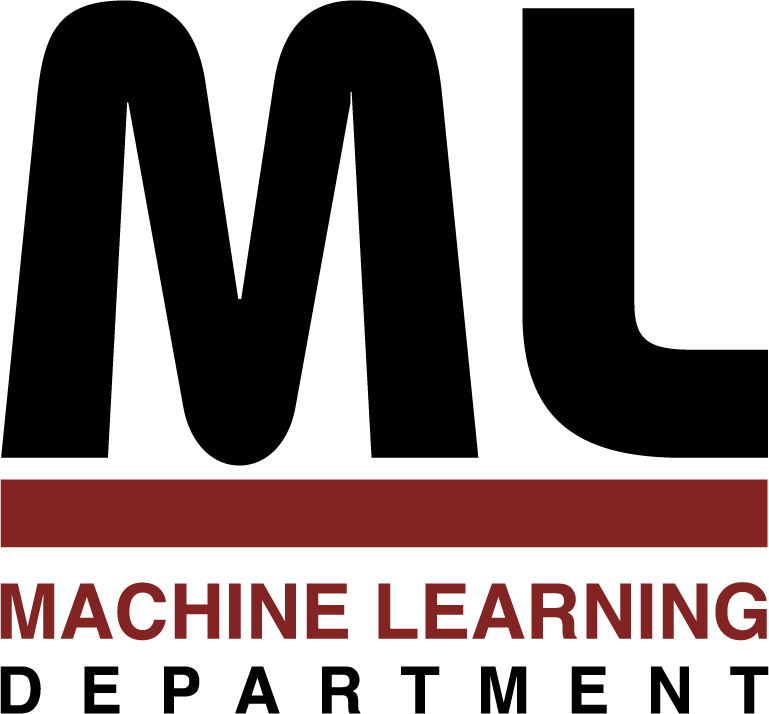
Machine Learning Department
School of Computer Science, Carnegie Mellon University
On learing from Collective Data
Liang Xiong
December 2013
Ph.D. Thesis
In this thesis, we study how and what we can learn from collective data. Usually, machine learning focuses on individual objects, each of which is described by a feature vector and studied as a point in some metric space. When approaching collective data, researchers often reduce the groups into vectors to which traditional methods can be applied. We, on the other hand, will try to develop machine learning methods that respect the collective nature of data and learn from them directly.
Several different approaches were taken to address this learning problem. When the groups consist of unordered discrete data points, it can naturally be characterized by its sufficient statistics – the histogram. For this case we develop efficient methods to address the outliers and temporal effects in the data based on matrix and tensor factorization methods.
To learn from groups that contain multi-dimensional real-valued vectors, we develop both generative methods based on hierarchical probabilistic models and discriminative methods using group kernels based on new divergence estimators. With these tools, we can accomplish various tasks such as classification, regression, clustering, anomaly detection, and dimensionality reduction on collective data.
We further consider the practical side of the divergence based algorithms. To reduce their time and space requirements, we evaluate and find methods that can effectively reduce the size of the groups with little impact on the accuracy. We also proposed the conditional divergence along with an efficient estimator in order to correct the sampling biases that might be present in the data. Finally, we develop methods to learn in cases where some divergences are missing, caused by either insufficient computational resources or extreme sampling biases.
In addition to designing new learning methods, we will use them to help the scientific discovery process. In our collaboration with astronomers and physicists, we see that the new techniques can indeed help scientists make the best of data.
173 pages
School of Computer Science